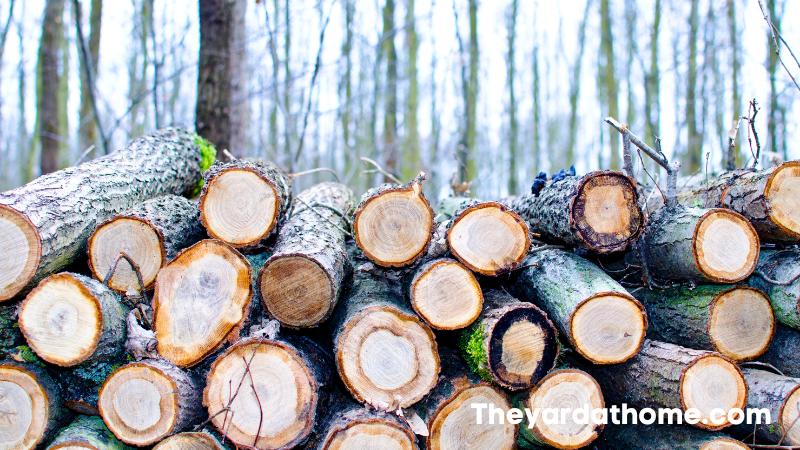Are you ready to delve into the world of logging techniques? The age-old debate between the Humboldt Notch technique and conventional logging has been a topic of discussion for decades.
While both methods involve cutting down trees, they differ in their approach and impact on the environment.
In this article, we’ll take a closer look at the differences between these two logging techniques and explore the pros and cons of each.
So, whether you’re a logging expert or simply curious about the logging industry, grab a cup of coffee, sit back, and get ready to learn!
What is Conventional Logging?

Conventional logging is a more traditional technique that involves cutting down trees without notches or other modern tools.
The method consists in using saws and other cutting tools to fill the tree and then transporting it to a mill for processing.
The main advantage of conventional logging is that it is a relatively simple technique. Because it does not require any special tools or equipment, it is often less expensive than other logging techniques.
What is Humboldt Notch?

The Humboldt Notch is a modern logging technique that involves cutting a notch into the tree on the side where it is intended to fall. This precise cutting technique reduces the likelihood of the tree falling in an unintended direction, which helps to prevent damage to surrounding vegetation and trees.
The Humboldt Notch technique is considered more environmentally friendly than conventional logging methods as it has a lower impact on the surrounding ecosystem.

Comparison: Humboldt Notch and Conventional Logging Techniques
There are several factors to consider when comparing the Humboldt Notch and conventional logging techniques. These include:
| Criteria | Humboldt Notch Technique | Conventional Logging |
|---|---|---|
| Tools used | Modern, specialized tools | Traditional logging tools |
| Tree felling technique | Cutting a notch into the tree on the intended side of fall | Cutting down trees without notches or modern tools |
| Environmental impact | Lower environmental impact; reduces damage to surrounding vegetation and trees | Higher environmental impact; may cause more damage to surrounding vegetation and trees |
| Cost | Generally more expensive due to the use of specialized tools and skilled workers | Generally less expensive due to the use of traditional logging tools |
| Efficiency | Generally slower due to the precise cutting and notch technique | Generally faster due to the less precise cutting and no use of notches |
Environmental Impact:
The Humboldt Notch technique has a lower environmental impact than conventional logging.
Because the tree is directed to fall in a specific direction, it is less likely to damage surrounding trees or vegetation.
Cost:
The cost of the Humboldt Notch technique is generally higher than conventional logging.
This is because it requires specialized tools and equipment, as well as skilled workers who are trained in the method.
Efficiency:
The Humboldt Notch technique is generally slower than conventional logging. The method requires more time and effort to cut the notch into the tree and direct its fall in a specific direction.

Conclusion
In conclusion, the Humboldt Notch and conventional logging techniques have advantages and disadvantages. The Humboldt Notch technique is generally more environmentally friendly but is more expensive and slower than traditional logging. Conventional logging is often cheaper and faster but has a higher environmental impact. Choosing these two techniques will ultimately depend on your specific logging needs and priorities.
FAQ
Q: What is the Humboldt Notch technique?
A: The Humboldt Notch technique is a modern, environmentally-friendly logging technique that involves cutting a notch into a tree on the side where it is intended to fall.
Q: What is conventional logging?
A: Conventional logging is a traditional technique that involves cutting down trees without the use of notches or modern tools.
Q: What are the benefits of the Humboldt Notch technique?
A: The Humboldt Notch technique has a lower environmental impact than conventional logging and reduces damage to surrounding trees and vegetation.
Q: What are the benefits of conventional logging?
A: Conventional logging is often less expensive and faster than the Humboldt Notch technique.
Q: Which logging technique is better?
A: The choice between the Humboldt Notch technique and conventional logging depends on specific logging needs and priorities.
Q: Is conventional logging more harmful to the environment than the Humboldt Notch technique?
A: Yes, conventional logging has a higher environmental impact than the Humboldt Notch technique.

